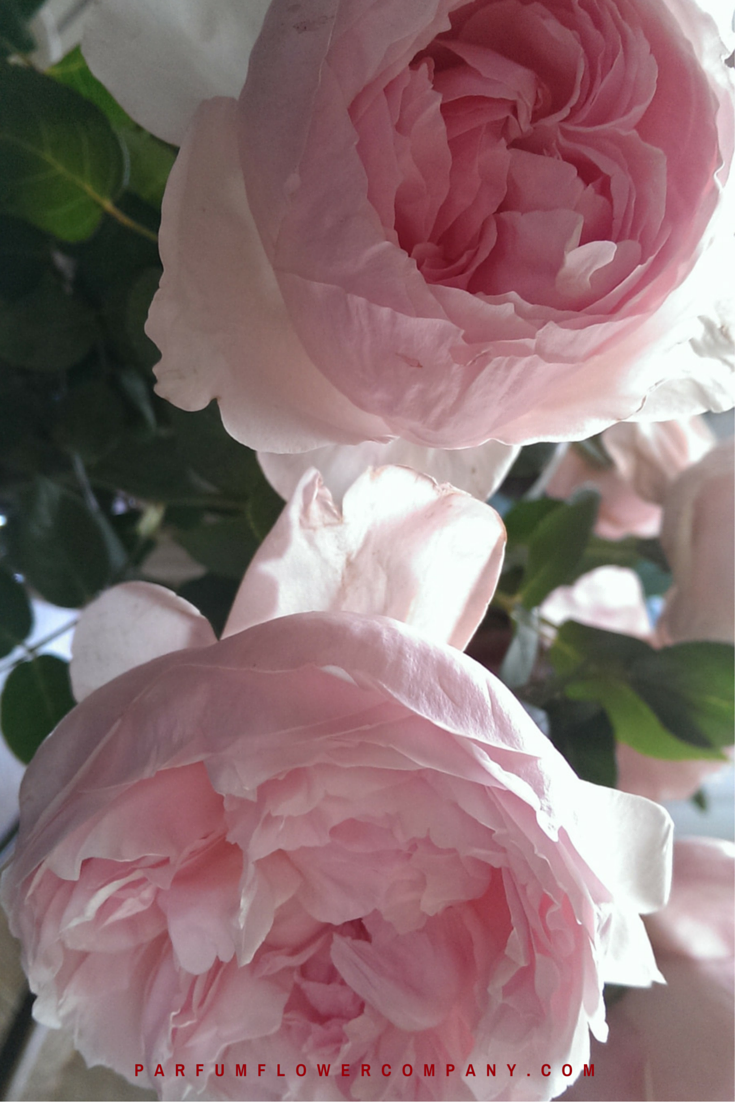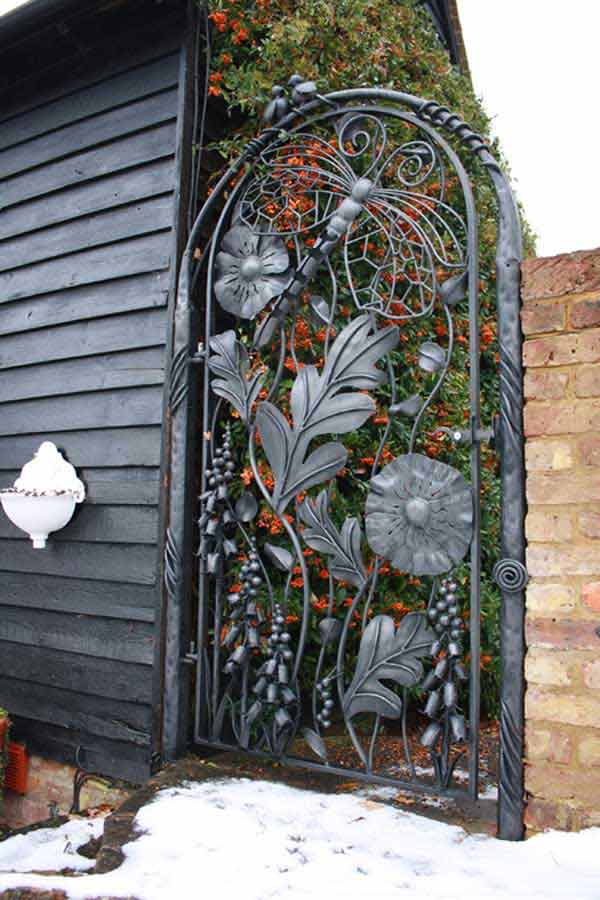Table of Content
Cover crops also alleviate compaction through their roots, which can penetrate compacted layers in the soil. This can improve water infiltration and increase soil friability. When the cover crops die and the roots decay, they leave pathways called pores in the soil. Furthermore, the organic matter created by decaying cover crop residue acts as a glue that helps bind soil particles together. This soil binding, called aggregation, promotes the formation of soil pores by increasing soil particle volume and making the soil more resilient to compaction.
Does not consistently overwinter in most NH locations. Crimson Clover - Y, F, Fall, 30-August, 2, Marginally winter hardy in many NH locations; Attracts pollinators. Cover crops are good habitat for beneficial predators.
Better Homes & Gardens August 1980
This fact sheet provides an overview of the most common reasons to use cover crops at home and lays out the most successful options for gardeners in New Hampshire. When cover crops die, they decompose adding organic matter to the soil. Organic matter works in supplying nutrients in two ways. Cover crops provide a feedstock for microorganisms that aid in decomposition and are part of soil nutrient cycles. The decomposition process releases nitrogen; therefore adding organic matter to the soil increases your long-term supply of nitrogen, which is slowly released to your crop. Organic matter also increases the soil’s ability to hold on to other essential nutrients such as calcium, magnesium and potassium.
Refer to the table below for species-specific recommendations. Cover crops can help provide essential nutrients to your garden soil. Species that are legumes, such as clover and peas, form a symbiotic relationship with Rhizobia bacteria.
Better Homes & Gardens November 2016
There are also gardens to enjoy, and a personal tour by Raymond Blanc of his vegetable garden at Le Manoir aux Quat’Saisons. We feature the new collection fabrics for autumn/winter – a riot of pattern and colour – and room schemes that tap into the trend for leopard print. H&G HOMES A chic home in South London, a renovation in Cape Town with incredible views, an Art Deco marvel and an apartment in Paris.

H&G GARDENS We take you to Cornwall, Somerset and Yorkshire. H&G DESIGN The winners of the 2014 Designer Awards, Inky prints and statement beds. H&G HOMES Two stunning London homes, an all-white Finnish property and a Cotswolds conversion. H&G GARDENS A small urban garden and a minimalist haven. H&G DESIGN Abstract modernism, rooms decorated with murals, hard-working small spaces and the winners of the 2015 Fabric Awards.
Better Homes & Gardens December 2011
This month we celebrate autumn, with a New Zealand garden full of the season’s colours, an architect-designed home that embraces deep hues and rich timbers, and decorating inspiration in the form of dramatic florals. Our recipes are a comforting menu of the best produce at this time of year, while room designs come from Paolo Moschino and Lulu Lytle, among a host of other talented individuals. H&G HOMES Oxfordshire manor house; Manhattan apartment; dramatic London home; top-floor London apartment; Australian home. H&G GARDENS Belgian topiary garden; the beauty of frost and ice; John Brooks retrospective. H&G DESIGN The glory of velvet; modern craft style; bedroom finishing touches. H&G HOMES Enjoying coastal living was a priority for the owners of this home in Connecticut; European antiques and American art in a London apartment; this Swiss chalet offers a contemporary sanctuary.
Some beneficial insects also benefit from pollen and nectar during parts of their life cycle. Cover crops also provide habitat for other insects that are not crop pests but serve as a food source for beneficial predators and parasitoids when the crop pests are absent. This features elegant homes with a personal touch, from an architectural gem of a beach house to the pale beauty of a Scandinavian apartment.
Alternating between grasses (corn, rye, oats, etc.) and broadleaves (tomatoes, brassicas, squash, etc.) can be an effective practice. This features beautiful homes full of clever decorating ideas. Also discover inspiring looks for pink room schemes, where to find stylish outdoor furniture, decorative touches for children’s bedrooms and breathtaking gardens that offer prairie-style planting and smart urban chic. We tend to draw on certain families of plants for suitable species of cover crops.

When crops from the same family are repeatedly planted in the same place, there tends to be a buildup of pest insects in the local area. The same can be considered when talking about plant pathogens, like bacteria, fungi and viruses. With that in mind, consider planting cover crops that are from different families or genera from your vegetable crops, since pests can have multiple hosts within these classifications. For example, if you have just planted a brassica (broccoli, cauliflower, cabbage, etc.) you would not want to follow that with tillage radish, which is also a brassica.
The general concept involves removing the host and letting the pest move on or die out. However, success can vary depending on the specific pests, crop and environment. However, their use in small home gardens can be limited for this because of the small distance between plantings, even with rotations. Typically, crop pests favor certain plant species or plant families. Many insects and plant diseases overwinter in the soil or crop debris nearby where these favorable plants last grew.
A common way of managing cover crops in New Hampshire is to sow them sometime towards late summer or early fall and terminate them the following spring, shortly before planting. This leaves the growth they accumulate throughout the fall and early spring to protect the soil. Occasionally, gardeners might leave a cover crop in place for an entire growing season or longer to control hard-to-kill perennial weed species. Terminating cover crops at the beginning of the growing season prevents them from competing with vegetables.
First, they can out-compete the weeds for resources by shading them out. Essentially, cover crops are out-weeding the weeds! Second, it is possible to obtain a high amount of plant biomass with some cover crops; upon termination this biomass can act like a mulch on top of the soil, blocking weeds. Lastly, some cover crops contain natural chemicals that are harmful to other plants .

Winter cereals, including rye, wheat, and oats, are cold tolerant and will continue growing late into the fall . Legumes, such as field peas, hairy vetch, or various species of clovers, have the benefit of fixing nitrogen, as well as providing benefits to pollinators. Brassica species including daikon radish and turnips, have large leaves that provide good protection quickly, and large taproots that take up remaining soil nitrogen. For all the benefits they provide, cover crops can frustrate gardening efforts when they are not managed properly.

No comments:
Post a Comment